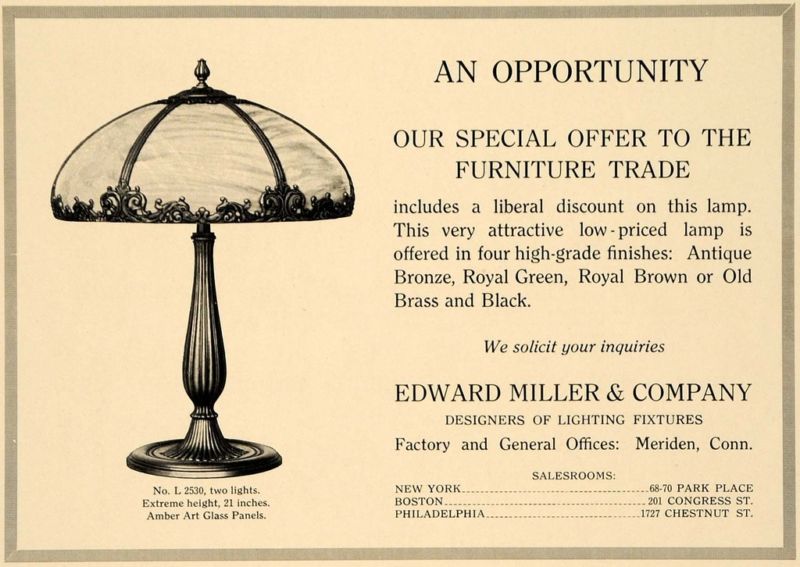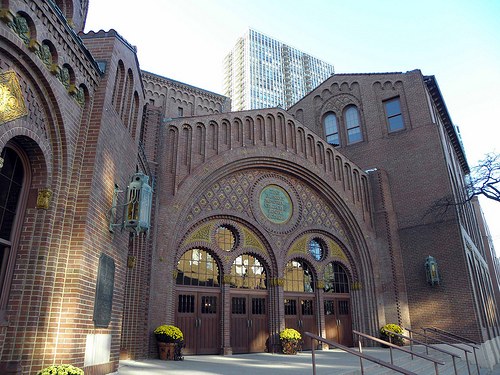 When my father salvaged a signed “Miller” chandelier from an old Charleston, South Carolina, mansion, Mama didn’t want it in her house; so Daddy hung it in the attic. I asked if I could have it. I was about 11 years old and I loved the antique glass and the brass swirls that framed the sections. Whenever my dad and I were in the attic together, I would remind him, “Remember you gave that lamp to me.” He would shake his head in agreement.
When my father salvaged a signed “Miller” chandelier from an old Charleston, South Carolina, mansion, Mama didn’t want it in her house; so Daddy hung it in the attic. I asked if I could have it. I was about 11 years old and I loved the antique glass and the brass swirls that framed the sections. Whenever my dad and I were in the attic together, I would remind him, “Remember you gave that lamp to me.” He would shake his head in agreement.
Years later, when my husband and I moved to Florida, one of the first things I wanted to do was to collect my original “Miller” antique from my parents’ attic. Over the years, I had done some investigating about “Miller’s” from the antique professionals in Charleston. I learned that the famed artist Tiffany was a contemporary of Miller. I was told, “Miller did with brass what Tiffany did with glass.”
In the time that both Edward Miller and Louis Tiffany were creating their masterpieces, some of Miller’s work was as valuable as a Tiffany because Miller worked with brass, rather than glass. During the time that I was doing my original research, I was told that Miller’s work would become as valuable a Tiffany, even though Miller’s name has become somewhat obscure.
However, my “hall lamp” is not worth nearly as much as an original Tiffany. It is the legacy of Tiffany that has made the difference in the value of their art pieces. Tiffany was an artist who endeavored to create beauty. Miller was a business man who endeavored to bring kerosene lamps to the world, thereby building a business in Meriden, CT. The Miller Company is still making quality kerosene lamps. Tiffany didn’t have a business. His works are displayed in art museums.
These two men have both left an important legacy to the world. While Tiffany has become a household name in regard to art created at the turn of the 19th century, Miller’s company is still the standard by which kerosene lamps are built and designed. And many modern-day households regualarly depend on the kerosene lamp during severe weather events. Miller’s lamps are still being manufactured. The creation of Tiffany’s art ended when they buried the artist.
Perhaps the question we should be asking ourselves is, what kind of legacy are we creating in our lives and ministries? Will be end up being the Miller’s whose work continues, while the notoriety dies? Or will our ministries be like the Tiffany’s whose notoriety grows but the works die with the person?

D. L. Moody wanted his legacy to be a continuing ministry. He built a church and a school. Both are still in existence. We see others whose ministry legacy are buried with them.
What are we building? As people of God, what is of more value? Being a Louis Tiffany or an Edward Miller? Perhaps only eternity will carry the real answers. What do you think? Which is more important as a lasting legacy for Christ.

